Forgotten NRC Issues
Around December 2019 everybody started hearing about the National Register of Citizens (NRC), though the people of Assam were already familiar with the term. It’s a register, where the names of all the citizens are recorded under the citizenship act, 1955. The purpose was to document all legal citizens of the country and eradicate the illegal ones. This was always a controversial bill, but the controversy even erupted more when union minister Amit Shah announced that NRC will be carried out for the entire country. Let’s take a deep dive into history for a better understanding.
The Beginning
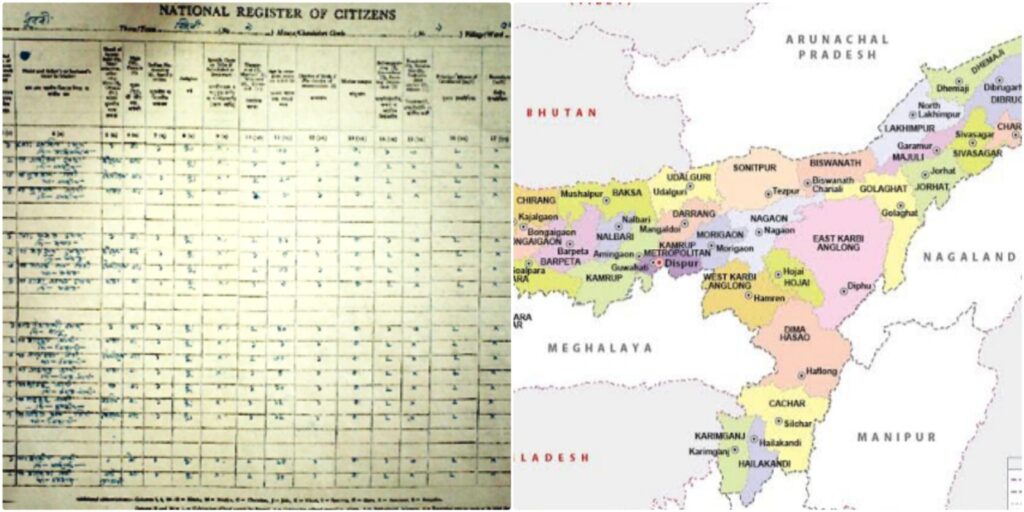
After Independence in 1947, Assam, Manipur and Tripura were granted permission to create their own NRC. The purpose was to stop and identify illegal migrants from Bangladesh. Only Assam created it’s NRC list in 1951, Manipur’s and Tripura’s list never materialized. The list consisted of people who were born in India or their parents were born in India, before 26th january 1950. But the unfortunate part is that this list was never updated further. Neither the State or the Central Govt had bothered or they had the any political will on the matter.
The matter of the fact that India still doesn’t have any NRC list except Assam is matter of shame. Whereas our neighbouring countries like Srilanka, Pakistan, Bangladesh and even Afghanistan have their citizenship list.
The Assam Factor
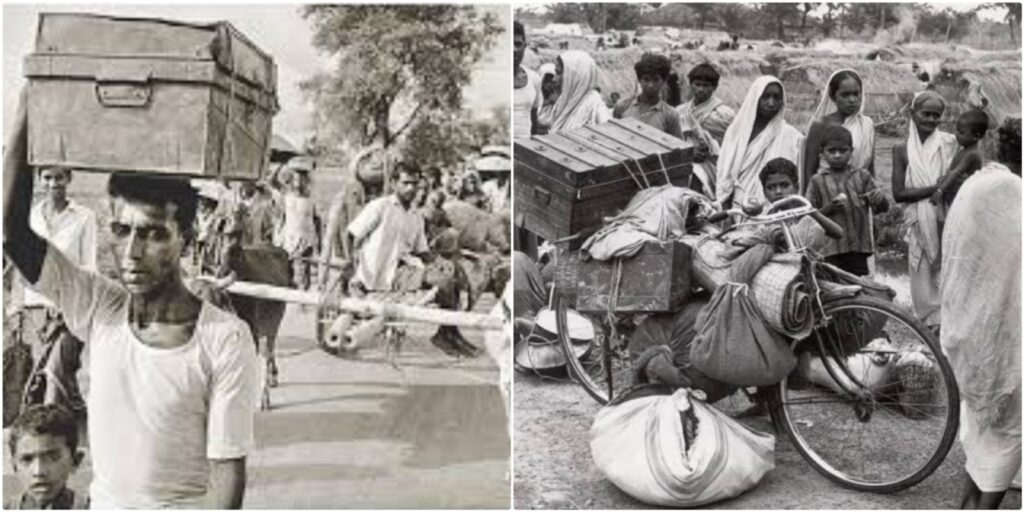
In the mid 1960’s to the early 1970’s there was a civil war going on in the then known East Pakistan. Fearing violence, many Bengali hindus migrated to West Bengal and Assam. The issue of migrants became a major concern particularly for the state of Assam as they were given political patronage. The major allegations were that these migrants were occupying maximum Govt jobs and were encroaching their lands. This made people of Assam feel neglected. Political parties also saw an opportunity in this issue and played vote bank politics. As per a Census in 1961 there were approximately 2,20,691 illegal migrants in Assam. The All Assam Students Union (AASU) and All Assam Gana Sangram Parishad (AAGSP) demanded that illegal migrants be sent back.
The six year long agitation by AASU, AAGSP and the massacre at Nellie in Central Assam became the defining factor for future outcomes.
The Accord
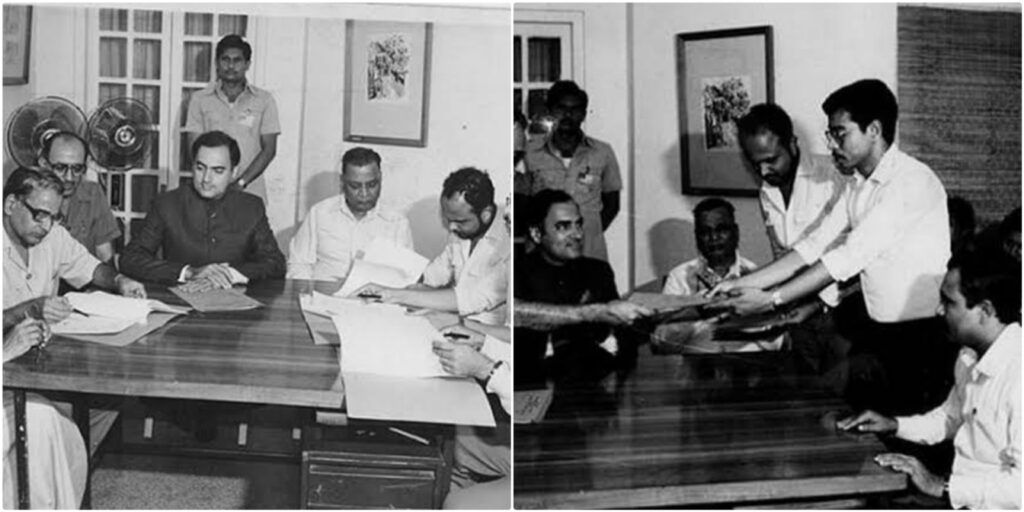
On 15th August 1985 in the presence of then Prime Minister Rajiv Gandhi, an understanding was signed between the Centre, the state, AASU and AAGSP which is known as the Assam Accord. Along with many clauses and conditions one of the key points of the Accord was that the foreigners who came to Assam after March 25, 1971 needs to be expelled. March 25th was a significant day, because Bangladesh achieved its independence on 26th March 1971.
“It’s extremely important to understand that the local people of Assam were in favour of NRC at that time. After the Assam Accord agreement in 1985 the NRC should have started at least in the late 1980s. But the political will was so incapable that the process of NRC completed after nearly three decades”
The total cost of the entire NRC process was around ₹1,600 crore with a manpower of nearly 52000.
Peoples Perception
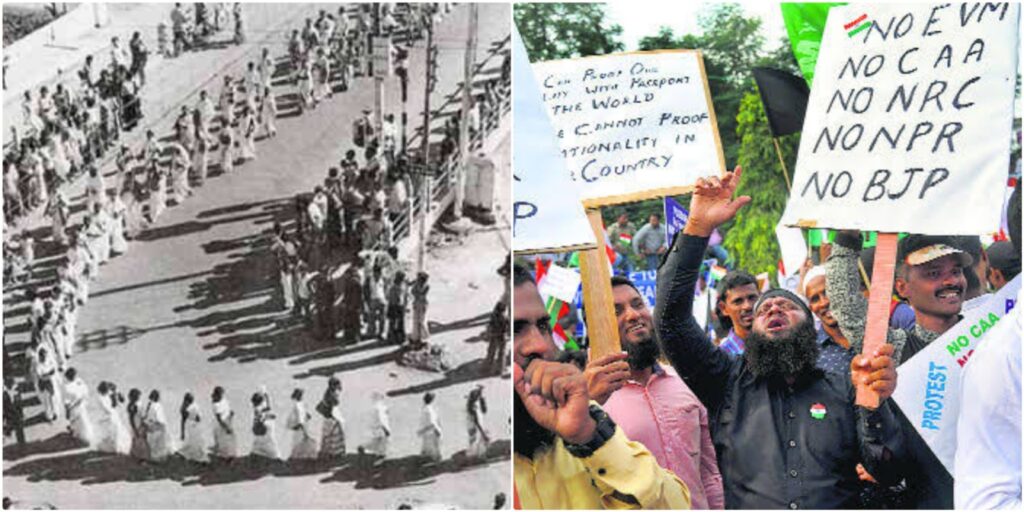
Right: Protest against NRC, CAA & BJP Govt
The Assam NRC process was conducted during BJP’s rule and maybe because of this somehow the general perception of the public went against the current central govt. General public blamed the BJP for the entire NRC failure, which is a wrong notion.
People forget very quickly that the issue has been lagging since the 1970s during the congress rule. The entire political and bureaucratic process was extremely slow, from committee’s to petitions to court’s cases, this entire process went on for 30 years.
Finally in 2013 the Supreme Court directed the state and center Govts to carry out the NRC process. The actual process on ground started in 2015. But still the BJP govt made a huge blunder by introducing the Citizen Amendment Bill in December 2019. Many made their own conclusions by linking the NRC and CAA.
One of the drawback of the BJP govt is their communication issue. They are never able to get their message through to the public in a proper manner.
Border Control

One of the key points in the 1985 Assam Accord which is not talked much about is that the govt agreed to seal the borders of the state to stop infiltrators. But the promises remained unfulfilled. The fencing and sealing of Assam’s border is somewhat completed in 2020, but a few parts of the border still remain un-guarded. Because of the delay in fencing the borders, infiltrators kept coming to the state and then to the country. If infiltrators keep on coming to India the citizens list will be pointless. India’s resources with its huge population is already limited and illegal immigrants put additional pressure on this. That’s why, If NRC has to work, India has to properly manage its border with Pakistan, Nepal, Bhutan, China, Bangladesh and Myanmar.
Most of the Indo-Pak and Indo-Bangladesh border is fenced and monitored, but still some part of the border remains unguarded. Our borders also need Modern technologies and additional forces, which will put a huge burden on the nation’s finances. But in the long run it will be beneficial.
Importance of Timeline
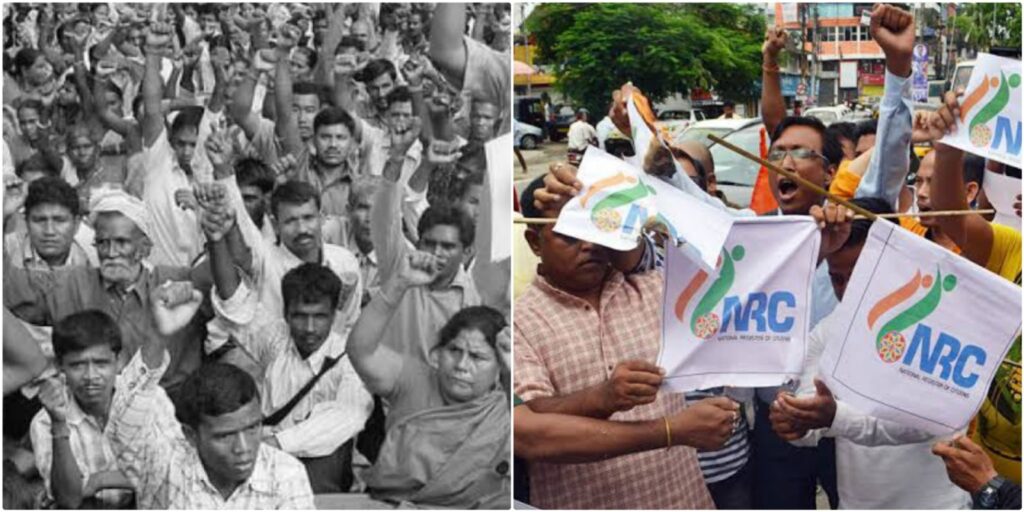
The final NRC list was not a satisfactory one. The first NRC list was released in December 2017 and the final list was released in August 2019. Many felt that genuine Indians were left out of the list and illegal ones made it to the NRC list. Around 19 lakhs people were excluded from the NRC list. It’s very important to understand the importance of the timeline in Assam’s NRC. In 70’s and 80’s the people who crossed the border were infiltrators, and the same people after 30 year became part of the society and land.
Over the time everybody becomes the part of the land. These people have lived there, built their homes, grew old with that place, gave their heart and soul to the land, only to find out 30 years later that they are not considered the citizens of that country. Nothing more disheartening it could be for an individual. If the NRC process would have started after the Assam Accord was signed in 1985, people would have accepted the result and would have made some kind of peace with the verdict. But the delay of three decades to conduct the NRC process changes the entire scenario. It’s an injustice for both, the people of Assam and the Immigrants.
The Protest

Right: Protest in Delhi which took the focus from Assam
Protests erupted when the centre introduced the Citizen Amendment Bill (CAB). Many argued that, through CAA government was making a back door entrance for a particular section of people. This particular point is still debatable. Understandably the early protests were in Assam as this bill will affect them more. Slowly the protest and focus moved towards the capital city New Delhi. The protest at Jamia Millia Islamia, Jawaharlal Nehru University and Shaheen Bagh was more highlighted. Some of the protest was misdirected and it diverted the attention from the core issue. The media also started to give them more coverage and the focus from Assam got completely away. Unfortunately in all the noise in Delhi the actual issue got completely lost.
Immature Announcement
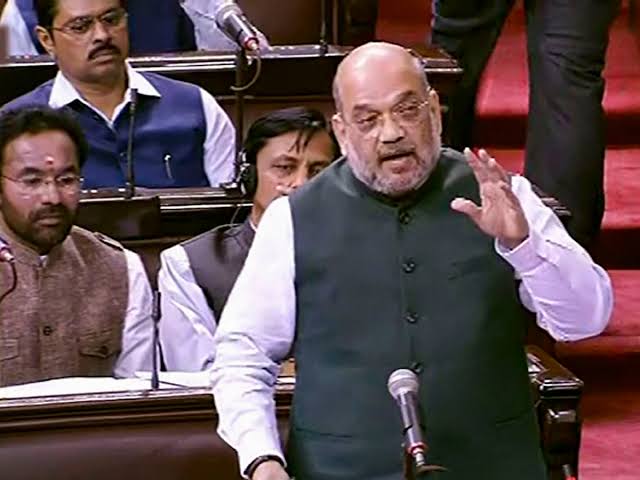
Around the same time the union minister announced in the parliament that NRC will be conducted for the entire nation. This particular announcement was very ill planned. As per a rough estimate the cost of this operation could touch around 50,000 crore and would also require lakhs of government employees. The task would be humongous and impractical. People already saw the failure of Assam NRC and thought of proving your own citizenship has offended people.
Many people in rural India still don’t have any kind of identify card, they are also not so well versed with the Govts policies. But the main concern is that till now no draft for a nationwide NRC has been prepared. With no draft and no roadmap the home minister’s announcement for a nationwide NRC was a premature one, and that to in the parliament. In an another statement in December 2019 prime minister Narendra Modi clarified that there were no talks on a nationwide rollout for NRC. Looks like that the home ministry and the PMO office were not on the same page.
Hum Kagaz nahi Dikhayenge
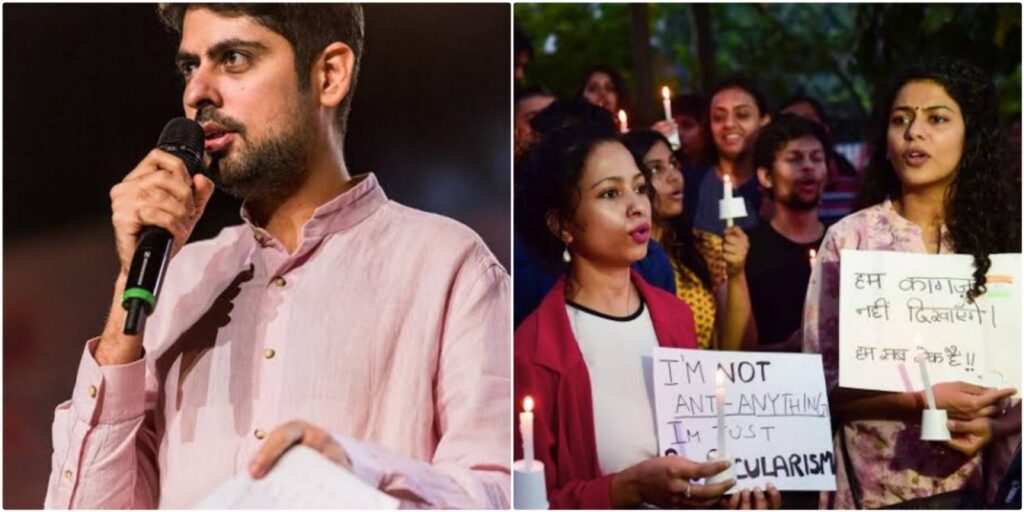
Right: Protesters holding placards
On 23rd December 2019, writer and comedian Varun Grover wrote a poem in protest against NRC called the “Hum Kagaz nahi Dikhayenge”. This poem spreaded like a wildfire and every anti-NRC supporter started reciting it. Protesters, especially students made creative and sarcastic placards against the Govts. Even few well Known Bengali Artists collaborated and made a short video titled “Kagaz Amra Dekhabo Na”. In another incident a student from Jadavpur University while receiving her degree tore the paper of citizen amendment bill and shouted “Hum Kagaz nahi Dikhayenge”. This poem was more like an ideological protest against the NRC, which is justified. But practically we all know that in today’s world “Kagaz” has more value than an actual living individual.
What is a Citizenship Document??

First of all the law regarding citizenship documents has to be crystal clear. As per Amit Shah, Aadhaar is a proof of identity but not citizenship. Even the validity of a voter card for citizenship is unclear. In 2020 Feb, the Guwahati high court on hearing a case held that the mere holding of an electoral photo identity card is not proof of citizenship. Maximum population don’t have their birth certificate. Then the question arises, who are Indian citizens? Only passport holders? In 2013 Mumbai High Court held that a passport alone is no proof of citizenship. In another hearing in 2019 a court in Mumbai held that a passport is sufficient enough proof of citizenship. Why so much confusion and conflict between judiciary, law and the government?
Before implementing pan India NRC these authorities need to be on the same page. It’s a shame that a progressing country like India still doesn’t have it’s citizens list. Because of past governments lack of willingness or may be lack of capability we are in the current mess. This is a Judicial, bureaucratic and administrative failure. We need to understand the importance of Data. Proper data in today’s world is like gold. A proper citizens register which will become the base of proper policies, effective planning and key decision making.
The Solution

Implementing nationwide NRC on the same lines of Assam’s NRC is not in the interest of the nation. Nobody wants the strenuous pain of standing in long queues to prove their own citizenship. The pan India NRC process has to be made uncomplicated and hassle free. Government already has an Aadhaar card with each individual’s demographics already stored. Something should be in those similar ways, where the benefit of Aadhaar data could be utilised. In the age of digitization, paperwork should be reduced and some kind of online process should be made available. This would reduce the burden on the Administration and the people.
Humanitarian Issue
People have every right to have ownership over their land but humanitarian aspects cannot be ignored. Over generations refugees and immigrants become part of the land. The demand of Assam’s native people is justified and so is the issue of immigrants. With no fault of theirs, these people had left their home and land overnight. Nothing is more painful than becoming homeless. The Bangladesh civil war forced many families to become refugees. Indian Govt played a major role in providing shelter to about one crore Bangladeshi refugees.
A layman’s argument is why should anybody allow a foreigner to settle on their land. The same argument is not so straightforward for a government. A government has to deal with humanitarian issues, geopolitics issues and has to maintain a good international image. But still an immigration issues could always be solved with a little bit of understanding from the native people and a proactive government.


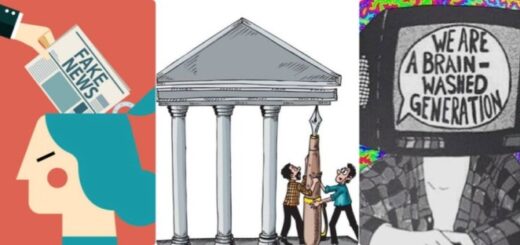
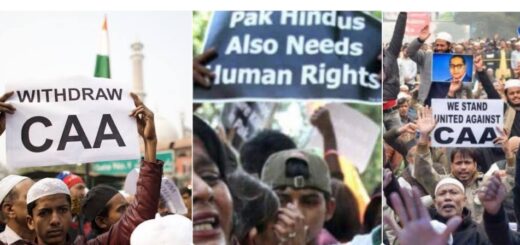










Recent Comments